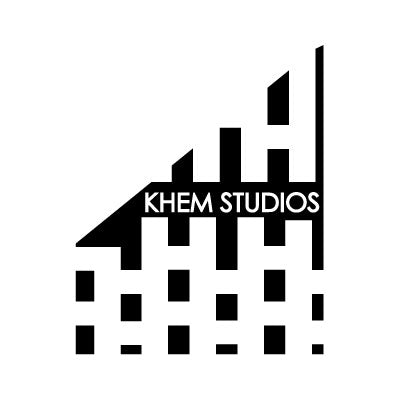
Explore the History, Use, and Care of Cutting Boards
Share
Cutting boards are essential tools in any kitchen. They provide a surface on which to cut, chop, and prepare ingredients for cooking. While they may seem like a basic and unimportant tool, cutting boards have a long and fascinating history, and their use and care can have a significant impact on the food we prepare. In this article, we will explore the history, use, and care of cutting boards.
History of Cutting Boards
Cutting boards have been in use for thousands of years, with evidence of their use dating back to ancient Egypt. The Egyptians used flat pieces of stone as cutting surfaces, and the Greeks and Romans also used stone or wood for this purpose. In medieval Europe, wooden boards were the norm, often made from the same wood as the rest of the kitchen furniture.
Over time, cutting boards evolved and became more specialized. In the 19th century, butchers began using thick wooden boards to chop and prepare meat. These boards were often made from hardwoods like maple or oak, and were designed to be sturdy and durable. Today, cutting boards come in a variety of materials and designs, including wood, plastic, bamboo, and glass.
Types of Cutting Boards
There are several types of cutting boards available, each with its own advantages and disadvantages. The most common types of cutting boards are wood, plastic, bamboo, and glass.
Wooden Cutting Boards
Wooden cutting boards are a popular choice for many home cooks and professional chefs. They are durable and can last for many years with proper care. Wooden cutting boards are also easy on knives, helping them to retain their sharpness.
Wooden cutting boards come in many different types of wood, each with its own characteristics. Hardwoods like maple and walnut are popular choices, as they are durable and resistant to scratches and gouges. Softer woods like pine and birch are less expensive, but may not last as long.
One disadvantage of wooden cutting boards is that they need care with use. They are porous, wooden cutting boards should be washed with hot soapy water after each use, and then dried thoroughly. Applying a food safe oil and wax are important for long-term care.
Plastic Cutting Boards
Plastic cutting boards are lightweight, inexpensive, and easy to clean. They are also non-porous, which means that they do not absorb bacteria and other contaminants. Plastic cutting boards come in a variety of colors, which can be useful for avoiding cross-contamination when preparing different types of food.
One disadvantage of plastic cutting boards is that they can be hard on knives. The surface of a plastic cutting board can dull a knife quickly, which can make it more difficult to chop and slice ingredients. Plastic cutting boards also have a relatively short lifespan, as they can become scratched and gouged over time.
Bamboo Cutting Boards
Bamboo cutting boards are a relatively new addition to the cutting board market. They are made from a fast-growing and renewable resource, making them an eco-friendly choice. Bamboo cutting boards are also lightweight, durable, and resistant to scratches and gouges.
One disadvantage of bamboo cutting boards is that they can be difficult to clean. They are porous and can absorb bacteria and other contaminants if not properly cleaned and dried. Bamboo cutting boards should be washed with hot soapy water after each use, and then dried thoroughly.
Glass Cutting Boards
Glass cutting boards are easy to clean and can be put in the dishwasher. They are also non-porous, which means that they do not absorb bacteria and other contaminants. Glass cutting boards come in a variety of colors and designs, which can make them a decorative addition to the kitchen.
One disadvantage of glass cutting boards is that they are hard on knives. The surface of a glass cutting board can dull a knife
